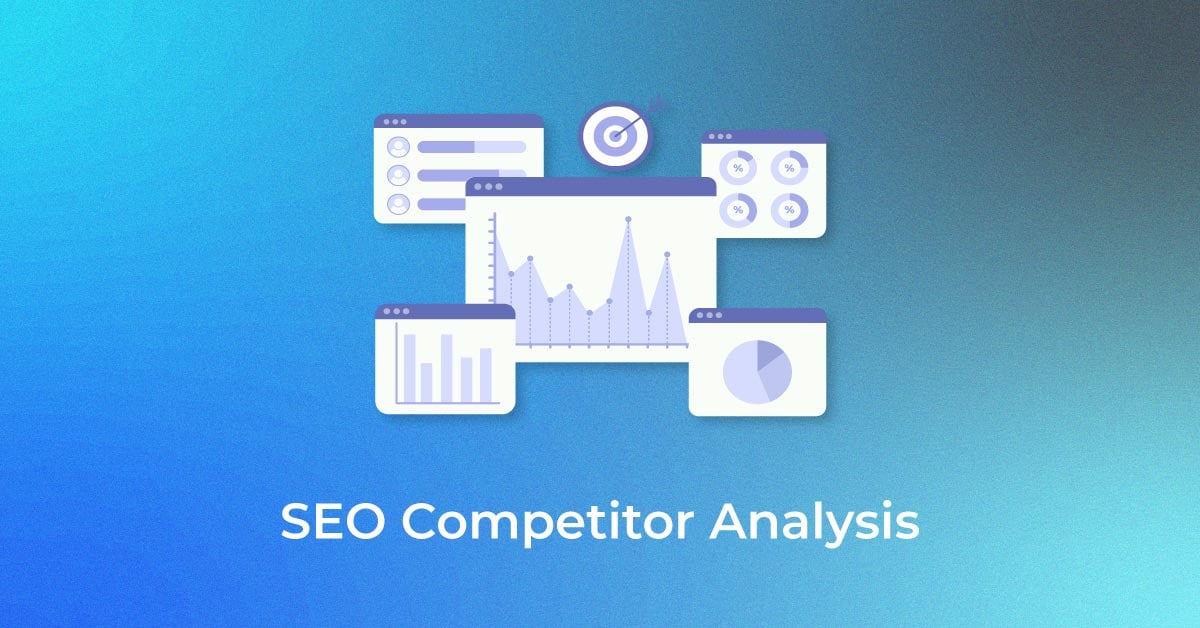Let's Connect contact@digitalagencyreseller.com Digital Agency Reseller
You know that your advertising expenditures payoff takes time if your firm provides seo services to customers. Reporting SEO victories to clients is difficult because results change significantly over time, even when they begin to come in.
Even if you’re consistently generating content and constructing backlinks to their website, these dips in traffic can still occur and cause clients to be concerned.
Whatever the cause of the performance changes—a new Google algorithm update, seasonal visitor patterns, or something else entirely—your firm must be aware of the issue, assess its effect on your client’s site, and be able to use the insights to make data-driven marketing decisions.
For this reason, SEO metrics are helpful.
It facilitates the measurement, analysis, reporting, and implementation of insights derived from the vast quantities of search data at your disposal.
To demonstrate your agency’s worth in the long run, this tutorial will show you how to maximize your clients’ SEO statistics.

The ability to track and access all data is a significant benefit of executing a seo company as opposed to a more conventional, let’s say, direct mail campaign.
However, there is a method to transform the raw data from SEO tools into meaningful information that you and your clients can use. This process includes finding important indicators, creating data visualizations, and summarising results. Your data analysis should lead to actionable findings.
The key to a successful SEO competitive analysis is execution. Because doing the analysis can take a lot of time, you want to be sure that everything you do helps you succeed. If you follow these procedures, you can do a thorough SEO competition study.
Knowing who your rivals are is essential for analyzing them. Locate them and put them on a list. You can use Google or one of many SEO tools to know your leading rivals. When making a decision, rely on your expertise and intuition.
Keep an eye out for businesses that often fit the following profiles:
It is essential to remember that not all businesses shown in search results or by SEO tools should be viewed as competitors. Brands that share keywords or operate in a comparable industry to yours are not necessarily competitors unless they provide identical goods and services.
You don’t need to include little companies that aren’t revolutionary or in a specialized market on your list of competitors. You shouldn’t even bother competing with them. Instead, focus on rivals who could influence your traffic the most.
After compiling a list of your rivals, study their best-performing pages to understand better who they are. Locate the pages that
In search engine optimization, keywords play a critical role. Before you compete:
Pay close attention to terms where your rival is only slightly ahead of you if you want to increase your competitive advantage using keywords. You can grab the lead with these keywords. Not only would you be closing the distance, but you would also be giving yourself an advantage.
No SEO plan is foolproof, no matter how meticulous it is. Nevertheless, there is always room for improvement. Examine yourself first if you want to know how to outrank your rivals. So, what exactly are your forte and niché?
Which aspects of search engine optimization are you falling short of your rivals? Where does your brand stand out from the competition? Discover how you compare to the competition regarding authority, content, keyword rankings, technical seo services, internal links, and mobile adaptability by asking your staff, using consumer surveys and feedback, or using SEO tools.
A comprehensive SEO competitive study is essential. Find out why your competitors rank higher by analyzing their websites. Examine several aspects, such as these, and compare them to your page:
You can learn what steps to take to enhance your website’s structure by looking at search engines’ variables to rank pages.
Backlinks are crucial to maximize off-page seo services. A solid SEO competitive analysis must include an examination of these factors. Companies with a better backlink profile, particularly ones with high-quality links from trustworthy websites, are more challenging to compete with. You must improve your backlink profile to compete with them.
Backlinks might be high-quality or low-quality. The 2012 Penguin update changed Google’s low-quality link policy. Your rival could not be making money off all those inbound links if they have many of them.
Your SEO will only improve if you mimic a competitor’s approach and put more links, regardless of quality, on your site. Be wary of imitating your competitors’ spammy links, as you can’t access their disavowal files. Never skimp on quality; backlinks from reputable sources can improve your search engine rankings.
You can’t just copy your competitors’ moves; you may study their successes and failures. Suppose you need help determining what kinds of content work best for your website; observe what your competitors are doing. Find out which types of content are generating the most engagement. To save time and money and concentrate on content production, all efforts should be directed to those sorts of content.
Write down the most exciting information types, such as blog posts, news pieces, how-to guides, photos, videos, podcasts, etc. Consider whether a particular material is best suited for your market if a competitor’s efforts in that area yield poor results.
SEO competitive analysis will reveal how your SEO approach stacks up against the competition. It finds the gaps between you and the competition, just like a traditional competitive study. Hire a good seo agency for your help.